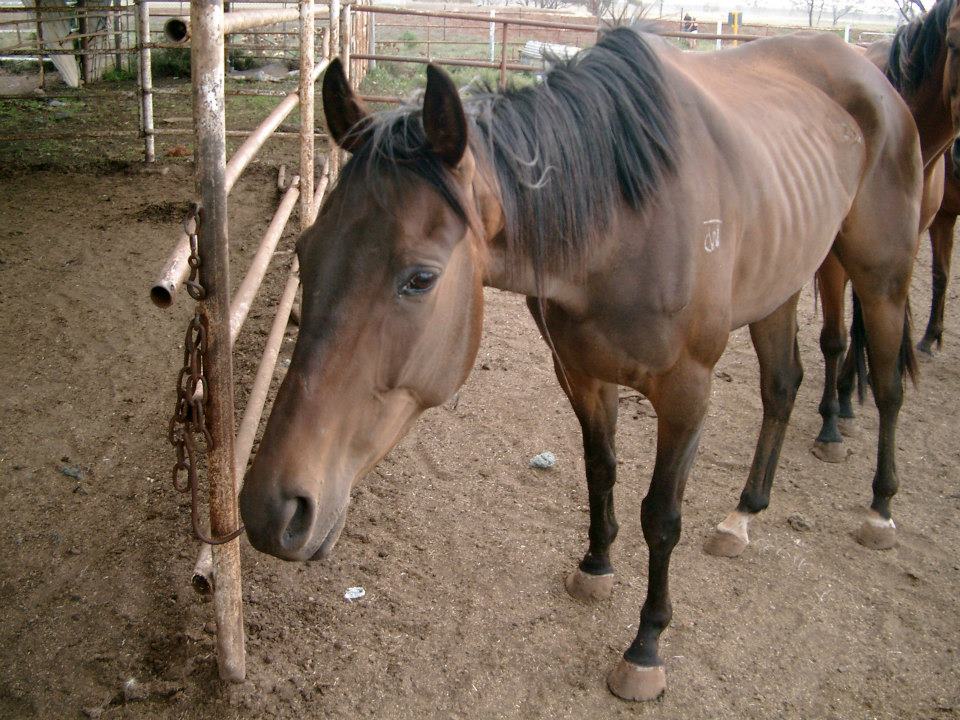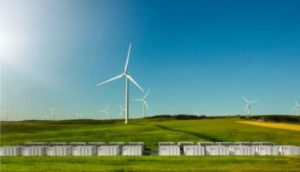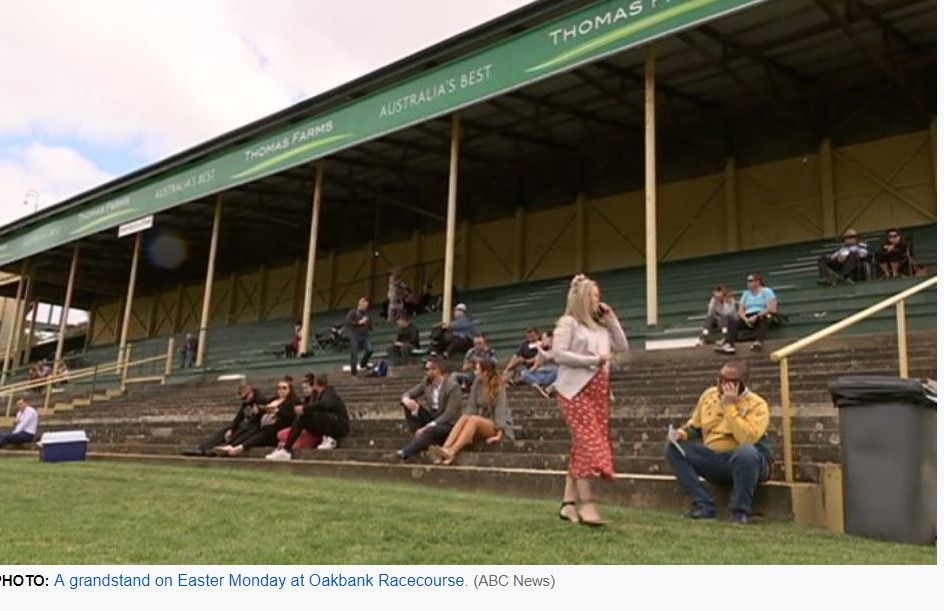In December 2018, Thoroughbred Racing SA (TRSA) announced a $2.25 million cut in infrastructure funding. The reason for this was the introduction of a Point of Consumption (POC) tax levied on all bets placed. The tax was introduced by most states however, unlike Victoria and NSW where tax was set at eight and ten percent respectively, the SA Government set their tax at 15%. This resulted in bookmakers promoting interstate races and badly impacting Racing SA revenue and prize money.
The SA Government has been heavily lobbied by TRSA since the tax was introduced. The main arguments are the impact on racing industry jobs and the inability to attract participants because of the lower prize money.
Fast forward to June 2019 and the announcement by the SA Government to inject a very serious $24 million into the racing industry. The stimulus package will be spread across four years. This is in addition to the $4.85 million awarded to the industry in 2017/18.
Despite the award being reliant on TRSA demonstrating that job creation and economic benefits are a quantifiable result of the injection, the POC tax will remain at its current level and is still an unattractive proposition for bookmakers.
The pressure put upon the State Government by the horse racing industry has clearly paid off for TRSA but is this an effective use of taxpayers’ money?
Instead of supporting a failing and cruel industry such as horseracing, why would the SA Government not consider more deserving recipients for this massive amount of cash?

In 2017, Racing NSW committed millions of dollars to its racehorse welfare program. This was in response to increasing consumer awareness about cruelty issues so prevalent in the horse racing industry. It is the only state that is attempting to tackle wastage and obliging owners and trainers to seek and specify a final destination for their racehorses.
It has purchased a historic property with 1,050 acres in Capertree, NSW. Racing NSW claims the unwanted racehorses that end up there are being re-trained for a future as police horses, companion animals and show jumpers. The facility also claims to assist returned war veterans with training and there are plans to include a Bed & Breakfast in the near future. Although we are yet to see any proof that the program is actually underway and saving lives, and there is certainly much room for improvement in its objectives, we acknowledge this is a step in the right direction and an attempt at creating employment in a kinder way.
Why are the racing industries across the board not establishing programs that ensure the wellbeing of horses both before, during and after racing? Would an improved version of a facility like this not be a worthwhile project for government funding? TRSA says in its 2018 Annual Report that the industry and its culture is “all about the horse” and maintains that it continues to “take significant steps in focussing on welfare matters” but it does not detail how it is going about that. If they are making notable improvements, why not name them?
There are many other projects and industries actually completely devoid of cruelty to animals where the SA Government could have invested this $24 million.
Manufacturing environmentally friendly products for the building industry is a big thing in South Australia right now. Engineering and construction are two of the top growth industries. Surely these industries are more deserving of a financial boost from public coffers!

South Australia is also ahead of all the other states and territories when it comes to renewable energy. Despite having only 7.14 % of the continent’s population, SA captures 30% of the nation’s solar power, 56% of wind power that is connected to the grid and a whopping 90% of geothermal energy.
A privately-funded geothermal project in the north of the state was closed down and deemed not financially viable because the cost of implementing the technology (which was proven to have worked) and delivering the electricity to market outweighed the potential revenue the company could generate. There was no injection of public funding in this project. Why not?
Compare this to the racing industry in the state. The Oakbank Easter Racing Carnival in 2019 had only a quarter of the racegoers that it had around ten years ago. The crowds used to number over 100,000 and nowadays they are lucky to get 20,000.

Perhaps decreasing race day attendance numbers across the state are an indication South Australian’s are becoming all too aware of the inherent cruelty of horse racing. So, why should their tax dollars be used to continue to prop up an industry that is not only cruel but financially unviable?


It makes me cry. I love horses.
What does that mean?
That was my reply.